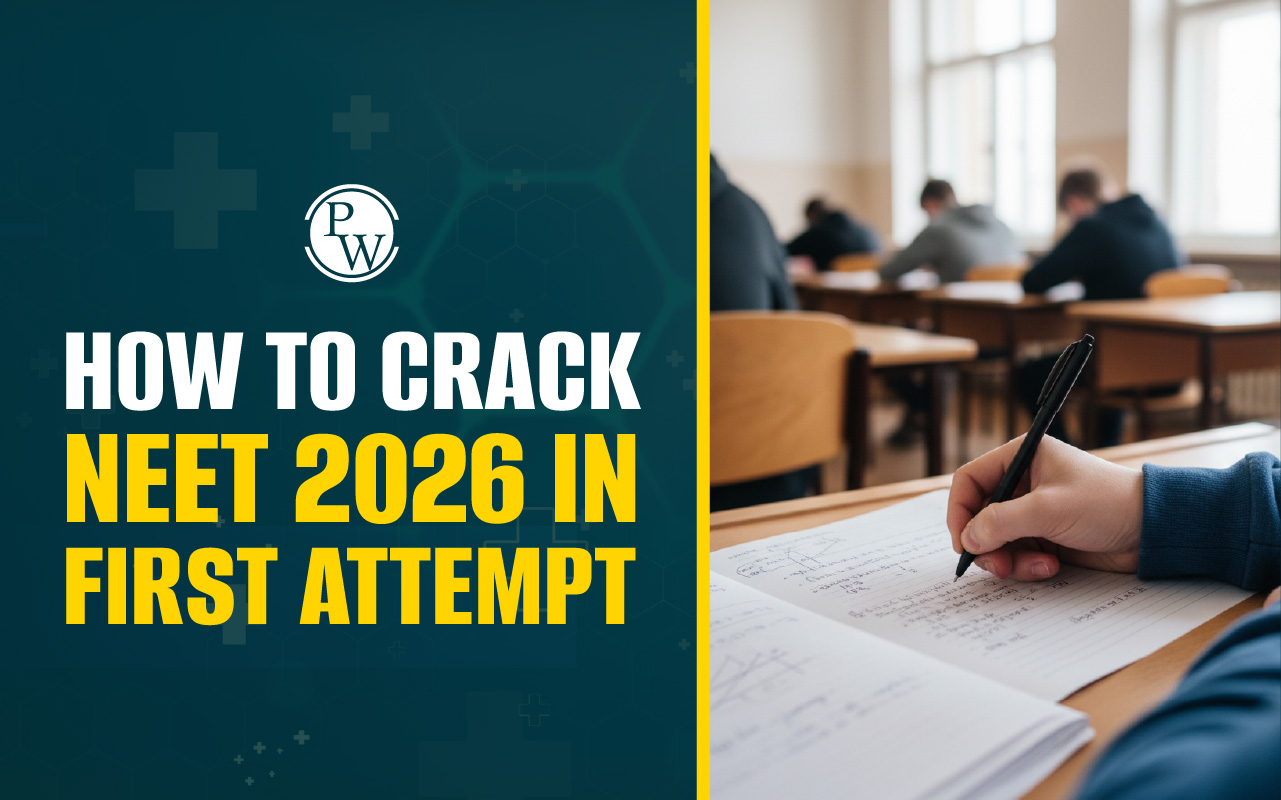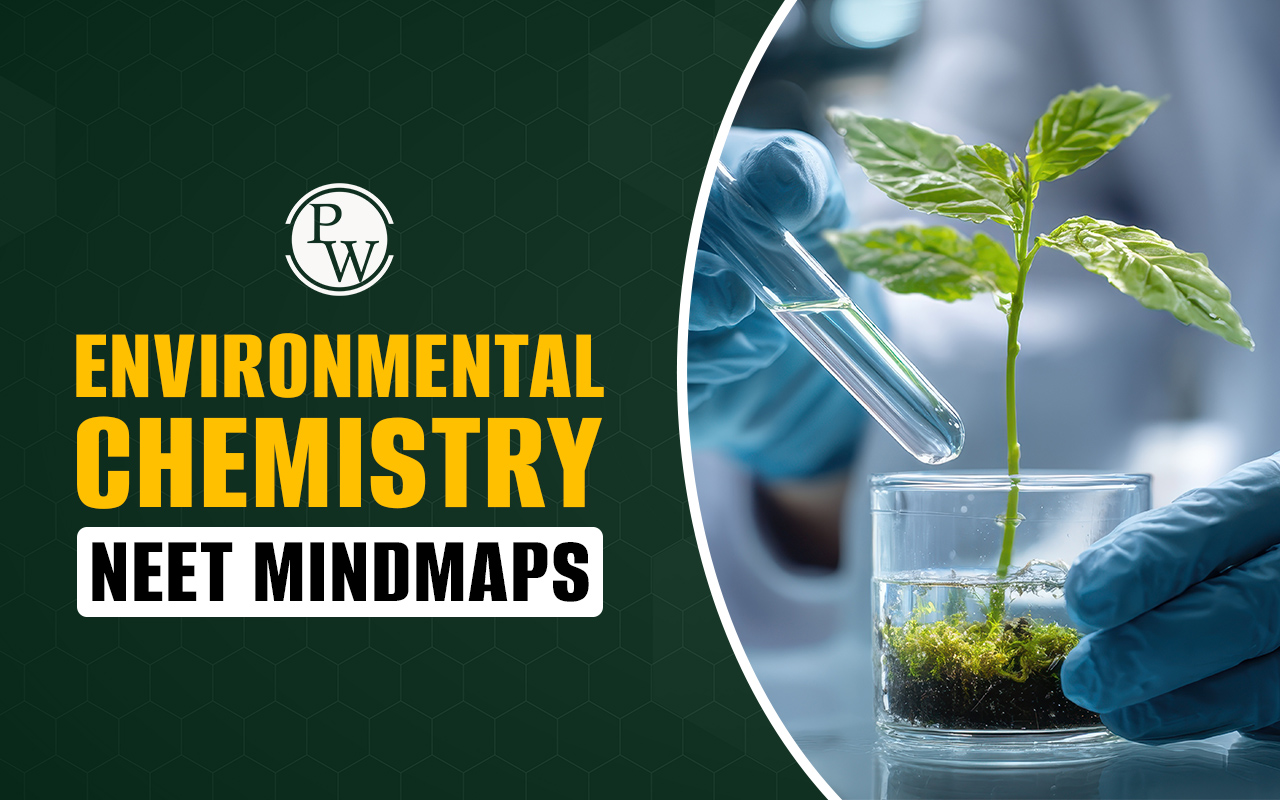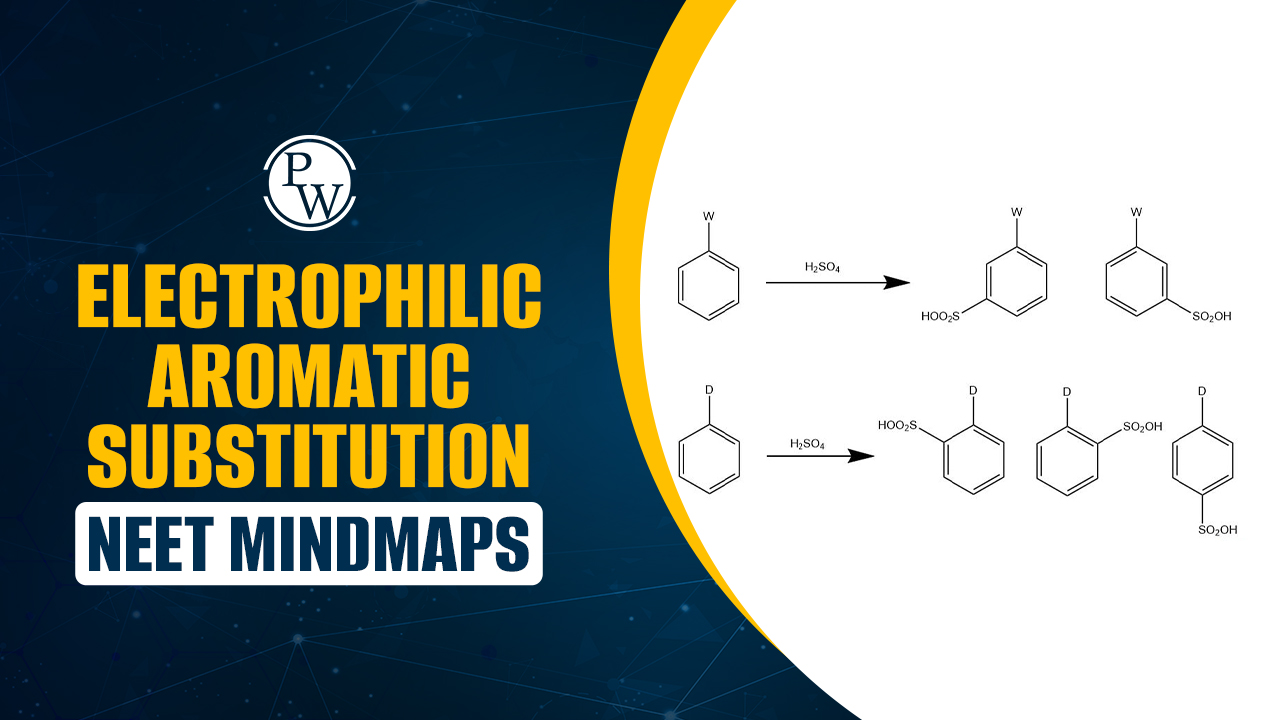

Difference Between Homozygous and Heterozygous: Humans have two sets of chromosomes, and "homozygous" and "heterozygous" describe pairs of alleles. Individuals with two identical alleles (RR or rr) are said to be homozygous, whereas those with different alleles (Rr) are called heterozygous. Consider a gene that controls hair color and has two alleles: one for brown (R) and one for black (R).
Homozygous individuals have identical color alleles on homologous pairs (e.g., 'RR' or 'rr'), whereas heterozygous individuals have different alleles on homologous chromosome pairs (i.e., Rr). This article details the difference between homozygous and heterozygous states.| NEET Biology Syllabus | NEET Biology Diagrams |
| NEET Biology MCQ | NEET Biology Chapter wise Weightage |
| NEET Biology Notes | NEET Previous Year Question papers |
Difference Between Homozygous and Heterozygous Overview
Human DNA exemplifies the multifaceted nature of living organisms. To fully understand DNA and genetics, it is necessary to tell the difference between homozygous and heterozygous conditions. Students are encouraged to delve deeply into the complexities of these traits to gain a comprehensive understanding of these concepts. In simpler terms, homozygous individuals possess identical alleles for a given trait. Alleles appear in various ways and contribute to the genetic diversity of living organisms.
Diploid organisms always have two alleles for a particular trait. Homozygosity occurs when two homologous chromosomes have identical alleles. Heterozygosity differs from homozygosity. Heterozygous inheritance occurs when genes come from two parent cells, resulting in a unique genetic makeup. In diploid organisms, heterozygosity occurs when two distinct alleles exist for a given trait. This article delves into the difference between homozygous and heterozygous states, shedding light on the complexities of genetic diversity in living organisms.
Difference Between Homozygous and Heterozygous
The table below discusses the differences between homozygous and heterozygous traits. It demonstrates how the presence of two distinct alleles (heterozygous) or two identical alleles (homozygous) for a specific gene affects genetic inheritance and organism characteristics.
The table provides a comprehensive overview of the disparities between homozygous and heterozygous traits, encompassing definitions, allele compositions, genetic makeup, trait expression, contributions to offspring genetics, genotype variations within an individual, and examples of human traits.
| Difference Between Homozygous and Heterozygous | ||
|---|---|---|
| Characteristics | Homozygous | Heterozygous |
| Definition | Homozygous is characterized by having two identical alleles for a specific gene in an organism. | Heterozygous is identified by having two different alleles for a specific gene in an organism. |
| Alleles | Homozygous contains two identical alleles. | Heterozygous contains two different alleles. |
| Genetic Makeup | Example: AA (both alleles are either dominant or recessive). | Example: Aa (one dominant and one recessive allele). |
| Phenotype (Expression) | Exhibits the same trait or characteristics. | May exhibit a mixed or intermediate trait. |
| Genetic Contribution to Offspring | Will consistently pass down. | Heterozygous may contribute to genetic diversity in offspring. |
| Genotype Variation within an individual | Represents a homozygous genotype. | Represents a heterozygous genotype. |
| Example in Humans | Blue eyes (bb, where b is recessive for blue). | Brown eyes (Bb, where B is dominant for brown and b is recessive for blue). |
Homozygous Definition
Homozygous refers to a genetic state in which an individual carries two identical alleles for a specific gene. Alleles, which represent different forms of a gene that control various traits, can be dominant (indicated by uppercase letters) or recessive (indicated by lowercase letters). A homozygous condition occurs when both alleles for a given gene are uniform, indicating whether the gene is dominant or recessive. Homozygous individuals have a high level of genetic uniformity for the specific gene, whereas heterozygous individuals have two distinct alleles for the same gene.
For example:
- If a person has two dominant alleles (such as AA), they are homozygous dominant for that gene and will exhibit the dominant trait.
- If an individual has two recessive alleles (e.g., aa), they are homozygous recessive for that gene and will express the recessive traits.
- A straightforward illustration of homozygosity is exemplified by a black Labrador retriever with identical alleles for coat color, both being "BB" (homozygous dominant). Similarly, a red rose exhibiting two identical alleles for flower color, both being "rr" (homozygous recessive), serves as another example.
Heterozygous Definition
Heterozygosity refers to the genetic makeup of an individual who possesses two distinct variations, or alleles, of a particular gene. These alleles, which are responsible for encoding different traits, are inherited from both parents. In heterozygotes, one allele is dominant (typically represented by an uppercase letter), and the other is recessive (represented by a lowercase letter). As a result of heterozygosity, the genetic information from both alleles is combined within the individual. The dominant allele's trait is typically expressed, as its effects override the recessive allele's. However, the presence of a recessive allele in heterozygous individuals means they can carry and potentially pass it on to their offspring, even though the trait associated with that allele may not be apparent in the individuals themselves.
For example: Within a heterozygous state (Aa), one allele is dominant (A), expressing its trait, while the recessive allele's trait is concealed. Such heterozygous individuals possess significant importance in genetics, as they contribute to the genetic diversity observed within populations and actively participate in patterns of inheritance, adhering to the established principles of Mendelian genetics. An illustrative instance of heterozygosity entails a feline possessing one allele for a black coat (B) and another for a white coat (b), notated as "Bb." This occurrence epitomizes the concurrent presence of dominant and recessive traits within heterozygous individuals
What distinguishes heterozygous from homozygous cells?
Can you provide an example of heterozygosity?
Is AA classified as homozygous or heterozygous?
Can you give examples of heterozygous and homozygous cases?
Can you provide an example of homozygosity?












